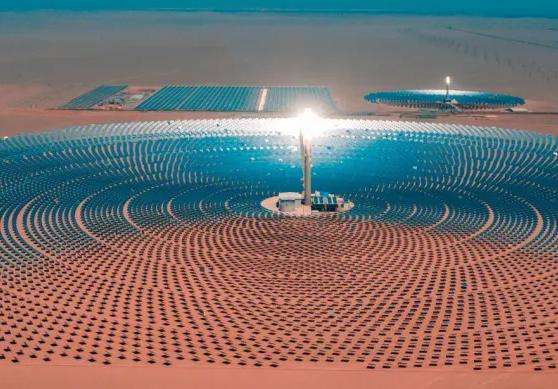The risks associated with rooftop photovoltaic power generation are:
1. Damage to the roof structure. Photovoltaic solar energy production relies on the voltaic effect produced by semiconductors inside solar panels. If the roof structure is not reinforced at the beginning of the design. Since the photovoltaic power generation equipment itself is very heavy, it can damage the roof structure, especially if it is an old house, it is very likely to damage the roof .
2. Destroy the waterproof layer on the roof. To install the photovoltaic power system brackets, you must first drill holes on the roof. Drilling will destroy the original waterproof layer of the house. If the waterproof layer is not redone, it will leak when it rains. a gap between screws and holes, the sealing process The requirements are veryIf it is too thick, it will affect the installation. Too thin and ineffective. The second waterproofing effect is much less effective than the first and will increase the risk of water leakage.
3. Produce mold. Photovoltaic panels installed on the roof generally cover the entire roof, but are not completely enclosed. After a while, mold is likely to grow between the photovoltaic power generation panels and the roof, and the power generation panels are also prone to corrosion.
4. Affected by weather. The main working principle of photovoltaic power generation panels is to produce electricity by absorbing sunlight and converting solar energy resources. Therefore, when the weather is good, they can provide enough power, but if it is cloudy and rainy, the normal power consumption will be affected.ected. .
5. Security issues. In case of strong wind, the photovoltaic panels can be overturned. Especially if the battery panel is not firmly installed or the screws are rusty and aged, the battery panel may be blown away by the wind and subsequent maintenance costs will be higher.
Roof waterproofing is indeed a problem that requires special attention during the construction process of solar power generation equipment, but as long as the correct construction steps are followed, the roof will not will not leak. Generally, professional construction and installation processes will not damage the waterproofing of the roof, and additional waterproofing treatment will actually improve the waterproofing.














